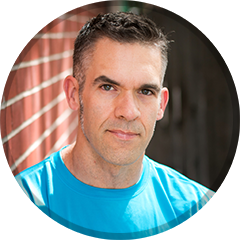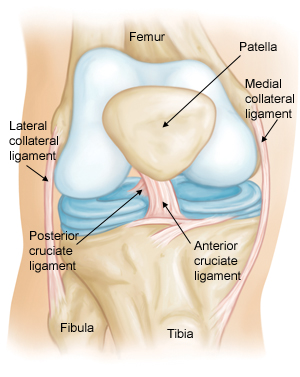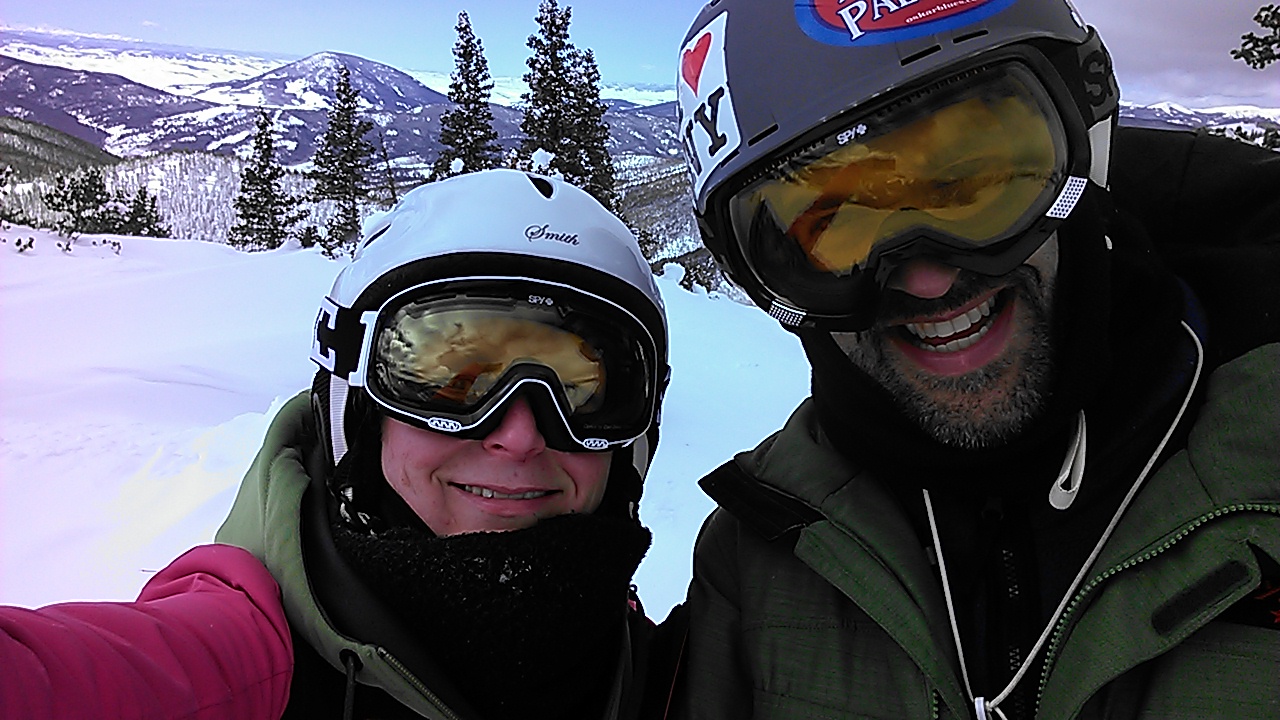Here’s what I’m into right now:
Stuart McGill
I recently finished Stuart McGill’s Ultimate Back Fitness & Performance. It has definitely contributed to how I view conditioning and care of the spine. For instance:
- I’m very careful to avoid much if any bending or twisting at the lumbar spine.
- According to McGill, the core musculature responds best to endurance-type training, so I now go for time rather than out-and-out strength.
- McGill makes the observation that excellent athletes tend to have a very rigid core–but very mobile hips and shoulders.
- Here are two videos with McGill. The first has McGill discussing several myths regarding low back pain and core strength. In the second video we see demonstrations of three exercises often prescribed by McGill. These are often called the Big 3: the curl up, side plank and bird dog.?
Born to Run
I’m a little late to the party but I recently finished Chris McDougal’s Born to Run. This book has done more than almost anything to push the popularity of minimalist running.
Born to Run is more than a book about running. Much of the book concerns the history and culture of the Tarahumara people who live in the isolated Copper Canyon region of Mexico. Non-runners with any interest in other cultures will find this book very interesting.
The book and author have generated some controversy. Any runner knows about the hot debate over minimalist/barefoot-type running. I won’t go into all that. (For just about the most thorough discussion on minimalist running, you can’t do better than the Sports Scientists dissection of the subject.)
Here are some thoughts on both the book and discussions that have followed:
- The story is quite entertaining. It’s possible that the entertainment value of the book and a subsequent New York Times article from McDougal have somewhat overshadowed some facts.
- Alex Hutchinson who writes the Sweat Science blog for runner’s world describes an interview with McDougal that clashes with later statements from McDougal.
- Hutchinson brings up several points in his response to McDougal’s article titled The Once and Future Way to Run. One is this:
“4. The one part of the article that made me kind of angry was this passage, about McDougall’s visit to the Copper Canyon in Mexico that led to Born to Run:
I was a broken-down, middle-aged, ex-runner when I arrived. Nine months later, I was transformed. After getting rid of my cushioned shoes and adopting the Tarahumaras’ whisper-soft stride, I was able to join them for a 50-mile race through the canyons. I haven’t lost a day of running to injury since.
I actually interviewed McDougall back in 2009, shortly before Born to Run came out. And that’s not the story he told me. Here’s what I wrote then:
Long plagued by an endless series of running injuries, he set out to remake his running form under the guidance of expert mentors, doctors and gurus. He adjusted to flimsier and flimsier shoes, learning to avoid crashing down on his heel with each stride and landing more gently on his midfoot. It was initially successful, and after nine months of blissful training, he achieved the once-unthinkable goal of completing a 50-mile race with the Tarahumara. But soon afterwards, he was felled by a persistent case of plantar fasciitis that lingered for two years. “I thought my technique was Tarahumara pure,” he recalls ruefully, “but I had regressed to my old form.” Now, having re-corrected the “errors” in his running form, he is once again running pain-free.
I’m in New York right now, and won’t be back home until Monday night, otherwise I’d see if I can dig up my actual notes from the interview. But I remember McDougall telling how stressed out he’d been, because he’d spent all this time working on a book about the “right” way to run — but as the publication date loomed ever nearer, he’d been chronically injured for two years. It was only shortly before publication that he was able to get over the injuries and start running again.”
McDougal responds to Hutchinson’s post here and Hutchinson replies back.
Personally this doesn’t do much to bother me or take away from a) a great story that’s told in Born to Run or b) the value and importance of minimalist running. I think it does suggest that McDougal is not a scientist and that the need to create a compelling story may persuade a writer to drift towards a bit of exaggeration.
What’s your take on this back-and-forth?
Ketogenic Diet (high-fat/low-carb/moderate protein intake)
Here’s another party to which I’m a bit late: the high-fat ketogenic diet. In fact, most people who’ve tried it probably abandoned it back in the early 2000s. (I think they should’ve have.) You’ve heard of the Atkins diet. That’s largely what I’m doing now.
In reality, I’m becoming more focused and precise with this type of eating. I switched to a higher-fat diet when I became familiar with the Perfect Health Diet.My current efforts are informed by the Art & Science of Low-Carbohydrate Performance. Jeff Volek, PhD, RD & Stephen Phinney, MD, PhD are the authors. I like their credentials and their experience. To me, it lends weight to their words. Here’s a rundown of the main points of the book:
- Their book is well-referenced and fairly easy to understand.
- They present convincing evidence (to me) in favor of a) greatly reducing carbohydrate and b) greatly increasing fat intake and c) why this strategy can be very effective for athletes.
- How?
- Burning fat for fuel (aka ketogenesis) is a cleaner process.
- Inflammatory stress is lower compared to using carbs for fuel
- You’ll be less damaged from exercise and you’ll recover faster
- You have a nearly limitless supply of fat for fuel compared to a limited supply of glycogen.
- By shifting your metabolism to prefer fat, you’ll avoid bonking.
- Also, by shifting your metabolism to prefer fat you’ll improve your body composition. Besides the aesthetic appeal of a lean physique, if you’re lighter then you’ll have a better ability to produce power. If you’re lighter then you should be able to run and bike faster.
- Endurance athletes who experience GI distress may do very well on the high-fat diet.
I was motivated to dig into this type of eating after I spoke with my former client and friend Mike Piet. He’s moved in the low-carb direction after his friend and accomplished ultra-distance runner Jon Rutherford. Jon’s experience as an athlete who’s increased his performance is described in the Art & Science of Low-Carbohydrate Performance. Thus far, I like the results. I’ll talk more about them as this experiment continues.
Look for Mike Piet’s guest blog post as he describes his very interesting low-carb/high-fat experience during the Savage Man Olympic and half-Iron distance triathlons–done on consecutive days.



